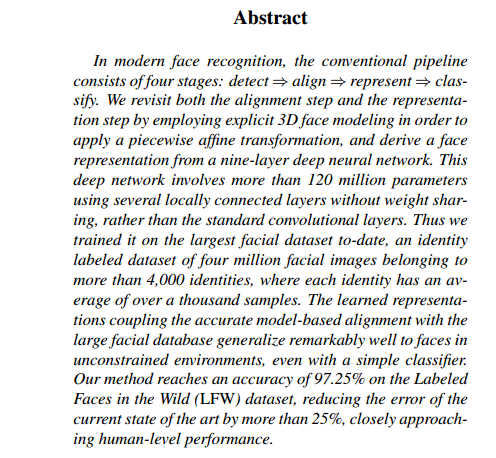Facebook's DeepFace: What would you do with it?

Facebook has cooked up facial verification software that will match faces almost to the level humans can. Aside from the obvious tagging implications, it'll be interesting to see what Facebook does with its artificial intelligence tools.
The software, highlighted in MIT's Technology Review, is also outlined in a research paper by three researchers at Facebook's artificial intelligence group and one from Tel Aviv University. The punch line is that Facebook can now recognize faces with 97.25 percent accuracy using a so-called deep learning system, which uses networks of simulated neurons to spot patterns in data.
According to Facebook's research paper abstract:

In a nutshell, Facebook has really advanced the ball with face-matching software.
Now the big question is what would Facebook do with something like DeepFace, which for now remains a pure research endeavor. Some thoughts:
- Better tagging. Today, you have to tag someone in a photo on Facebook. At some point in the future, Facebook could recognize faces in a crowd of a billion people. The technology is fun, but watching the privacy freak-out may be well worth the price of admission.
- Ad matching. What if Facebook could watch your face as you see an ad? This technology is already available in some startups pitching media companies on TV ad measurement.
- Names and faces. DeepFace specializes in facial verification, which matches two faces, but not the names behind them. Facebook already has your name---as well as everything else on you---so your face could become part of the data set.
- Some fun stuff we haven't thought of yet. Facebook's DeepFace connected to names and photos could lead to features not cooked up yet. We're sure there's a monetization model in there somewhere.